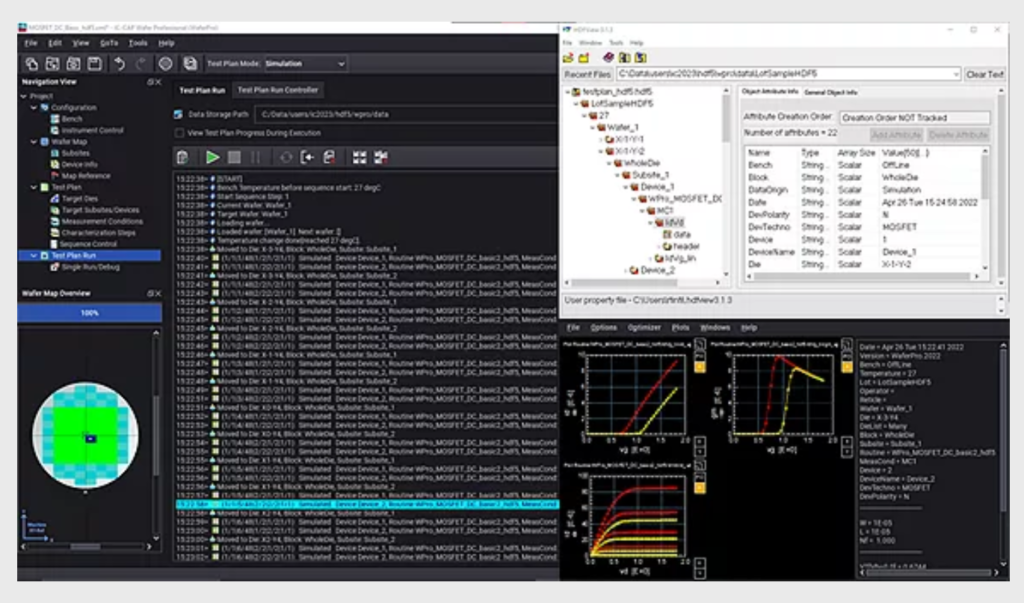ASIA ELECTRONICS INDUSTRYYOUR WINDOW TO SMART MANUFACTURING
Samsung Taps Keysight's RF Device, Boosts Workflow
Keysight Technologies, Inc. has announced that Samsung Foundry has adopted the new Keysight IC-CAP Model Generator (MG) to accelerate the creation of circuit libraries. Particularly, this is a key component of process design kits (PDKs) for Samsung’s advanced radio frequency (RF) semiconductor process technologies.
Modeling today’s industry-standard RF fin field-effect transistors (FinFET) is a complex and time-consuming process involving massive amounts of data. Hence, with the IC-CAP MG software framework, Samsung’s RF modeling engineers can efficiently organize large volumes of data to save time extracting transistor models. For that reason, the MG handles data management and all the details of simulating and displaying multi-device simulations, leaving engineers free to focus on creating and automating custom flows.

Flagship Modelling Platform
Built on Python 3, the MG software is part of Keysight’s flagship modeling platform, PathWave Device Modeling (IC-CAP). The software imports and organizes measured data and circuit netlists for various geometries and temperatures. In addition, the software automatically creates and efficiently simulates RF trend plots of key figures of merit based on user input.
All data, including trend plots, is available to build custom extraction flows through an intuitive and easy-to-use interface. The product enables efficient simulation and real-time tuning of multi-devices with complex RF sub-circuits, including netlists using layout parasitic extraction files. Hence, the MG software framework includes model verification and report generation.
Improving Efficiency, Accuracy
Jongwook Kye, Executive Vice President and Head of Foundry Design Platform Development at Samsung Electronics, said: “Over the past few years, we have been collaborating closely with Keysight EDA to improve the efficiency and accuracy of our RF modeling flow. By adopting the Model Generator in our workflow, our efficiency has improved by at least 30 percent.”
In addition, Kye said, “The Model Generator’s ability to handle complex netlists and the variety of measured data, including S-parameters and low and high-frequency noise, is critical to us. The flexibility and powerful performance of this tool helps improve the accuracy of models. We can customize the parameters thanks to Python and adapt the Model Generator to our needs.”
Niels Faché, Vice President and General Manager, Keysight EDA, said: “The modeling of today’s RF FinFET and tomorrow’s innovative devices is hugely complex and time-consuming. Engineers must extract hundreds of parameters to accurately model the RF behavior of devices for different sizes and temperatures. The Model Generator removes critical barriers in the workflow and allows Samsung engineers to focus more on the modeling and less on the programming. We are pleased that this new solution helps Samsung better manage their modeling workflow, shorten process design kits development cycle, and accelerate product time to market.”




